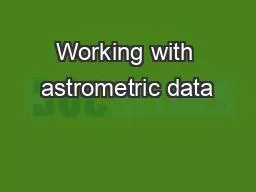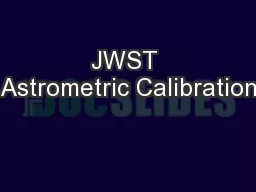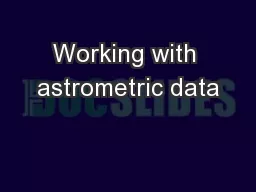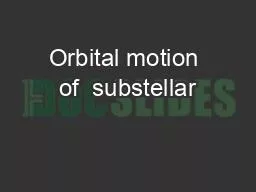PPT-Working with astrometric data
Author : finestlaxr | Published Date : 2020-11-06
warnings and caveats X Luri U Bastian Scientists dream Errorfree data No random errors No biases No correlations Complete sample No censorships Direct measurements
Presentation Embed Code
Download Presentation
Download Presentation The PPT/PDF document "Working with astrometric data" is the property of its rightful owner. Permission is granted to download and print the materials on this website for personal, non-commercial use only, and to display it on your personal computer provided you do not modify the materials and that you retain all copyright notices contained in the materials. By downloading content from our website, you accept the terms of this agreement.
Working with astrometric data: Transcript
Download Rules Of Document
"Working with astrometric data"The content belongs to its owner. You may download and print it for personal use, without modification, and keep all copyright notices. By downloading, you agree to these terms.
Related Documents














